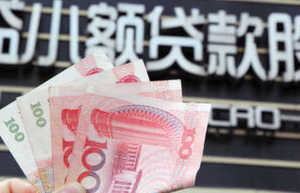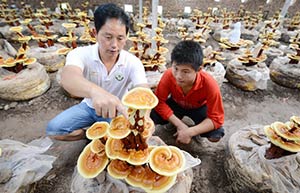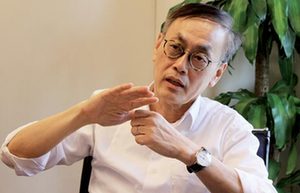New yuan loans gather momentum in May
By Jiang Xueqing (China Daily) Updated: 2014-06-13 07:11"China's monetary policy will tend to ease while still remaining prudent," he said. "The trend is already becoming visible."
The current monetary fine-tuning aims to offer optimum conditions for stable growth, which makes it "essentially different" from the previous round of monetary easing during the 2008-09 financial crisis, Zhou said.
He expects the Chinese economy to stabilize in the second quarter with GDP growth rising to 7.5 percent from 7.4 percent in the first quarter, which was the slowest pace since 2012.
Zhang Zhiwei, chief China economist at Nomura Holdings Inc in Hong Kong, also said in a report that policy easing will accelerate over the next several months and expected a reserve requirement ratio cut in the third quarter.
The PBOC announced a 0.5 percentage point cut in reserve requirements for certain banks on Monday to encourage targeted lending to the farming sector and smaller companies.
Effective June 16, the reduction applies to two-thirds of city commercial banks, 80 percent of non-county level rural commercial banks and 90 percent of non-county level rural cooperative banks.
The latest reserve requirement cut was launched soon after Premier Li Keqiang told officials from eight cities and provinces, including Beijing, Hebei and Heilongjiang, to be proactive in supporting their local economies as the Chinese economy still faces relatively big downward pressures.
During a meeting with the officials on June 6, Li stressed that the cen
tral and local governments should take responsibility to ensure that the 7.5 percent GDP growth target for this year is achieved and should have "a sense of urgency".
The State Council announced on Wednesday that China will boost public investment in the network construction of railways, highways, waterways and aviation in the Yangtze River region and cut some utility companies' taxes by a total of 24 billion yuan a year.
|
 |
 |
| Monetary easing 'no answer' to loan woes | Watchdog sure of nation's bad-loan figures |
- Experts urge government to support private sector
- Targeted control measures to boost steady growth
- Mushrooming profits
- NDRC: Revised investment list ready this year
- Oculus Rift virtual reality gears draw fans in E3
- Collateral damage from Qingdao probe
- China's Zhaopin makes public debut on NYSE
- Mobile firms feed off CCTV's FIFA coverage

















